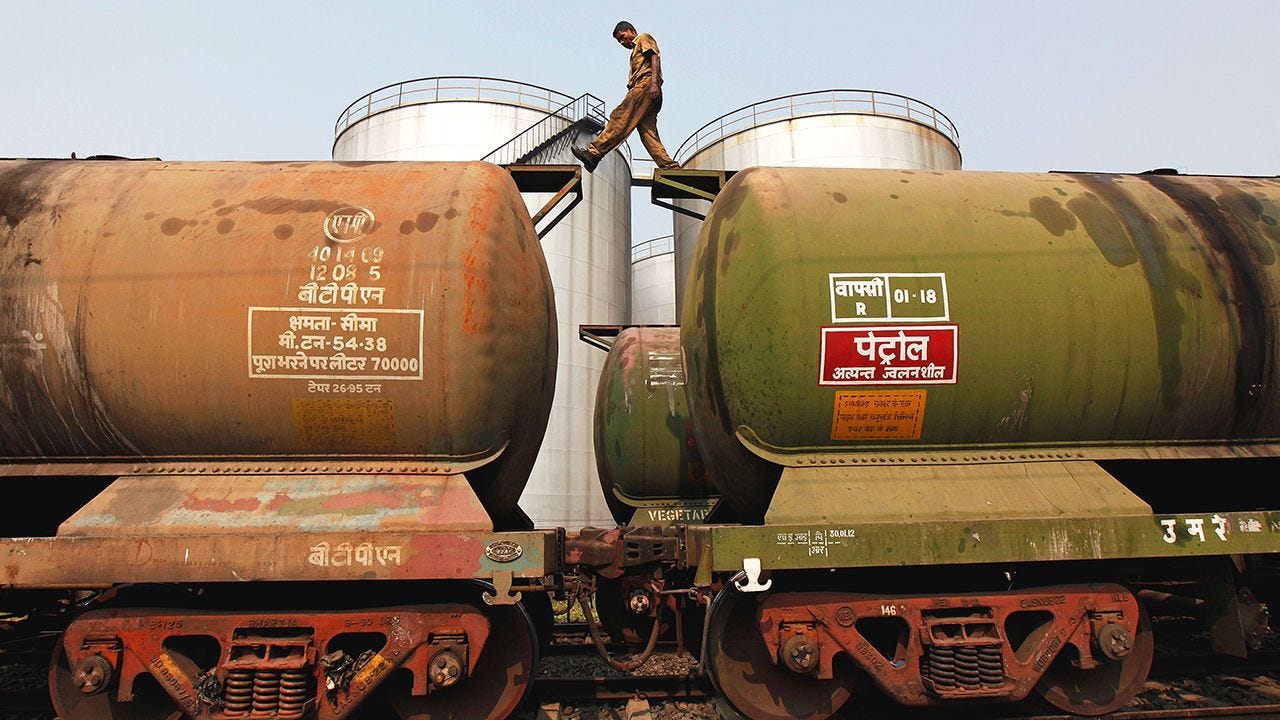Invention is the mother of necessity, and Russia’s response to largely Western-imposed economic and trade sanctions has shown the extent of that inventiveness. While enduring attritive punishment in its Ukraine campaign, the war remains sustainable for the Kremlin. The domestic economy has not collapsed, despite apocalyptic predictions to the contrary. In terms of exports, Russia is carving out new trade routes, a move that has been welcomed by notable powers in the Global South.
One of the chief prosecutors of sanctions against Moscow was initially confident about the damage that would be caused by economic bludgeoning. US President Joe Biden, in February 2022, insisted on the imposition of measures that would “impair [Russia’s] ability to compete in a high-tech 21st century economy.” The Council of the European Union also explained that the move was intended to weaken Moscow’s “ability to finance the war and specifically target the political, military and economic elite responsible for the invasion [of Ukraine].”
In all this, the European Union, the United States and other governments have ignored a salient historical lesson when resorting to supposedly punitive formulae intended to either deter Russia from pursuing a course of action or depriving it of necessary resources. States subject to supposedly crushing economic measures can adapt, showing streaks of impressive resilience. The response from Japan, Germany and Italy during the 1930s in the face of sanctions imposed by the League of Nations provide irrefutable proof of that proposition. All, to a certain extent, pursued what came to be known as Blockadefestigkeit, or blockade resilience. With bitter irony, the targeted powers also felt emboldened to pursue even more aggressive measures to subvert the restraints placed upon them.
By the end of 2022, Russia had become China’s second biggest supplier of Russian crude oil. India has also been particularly hungry for Russian oil. Producing only 10% of domestic supply, Russia contributed 34% of the rest of Indian oil consumption in 2023.
Trade routes are also being pursued with greater vigour than ever. This year, progress was made between Russia and China on a North Sea Route, which straddles the Atlantic Ocean and the Pacific Ocean, running from Murmansk on the Barents Sea to the Bering Strait and the Far East. The agreement between Russia’s state nuclear agency Rosatom and China’s Hainan Yangpu Newnew Shipping Co Ltd envisages the joint design and creation of Arctic-class container vessels to cope with the punishing conditions throughout the year. Rosatom’s special representative for Arctic development, Vladimir Panov, confidently declared that up to 3 million tonnes of transit cargo would flow along the NSR in 2024.
While that agreement will operate to Russia’s frozen north, another transport route has also received a boosting tonic. Of late, Moscow and New Delhi have been making progress on the 7,200-kilometre International North-South Transport Corridor (INSTC), which will run from St. Petersburg in northwestern Russia to ports in southern Iran for onward movement to Mumbai. While the agreement between Russia, Iran and India for such a multimodal corridor dates back to September 2000, the advent of sanctions imposed in the aftermath of the Ukraine War propelled Moscow to seek succour in the export markets of the Middle East and Asia.
As staff writers at Nikkei point out, the shipping route will not only bypass Europe but be “less than half as long as the current standard path through the Mediterranean Sea and the Suez Canal.” One calculation suggests that the time needed to transport cargo to Moscow from Mumbai prior to the initiation of the corridor was between 40 and 60 days. As things stand, the transit time has been shaved to 25-30 days, with transportation costs falling by 30%.
Much progress has been made on the western route, which involves the use of Azerbaijan’s rail and road facilities. In March, Azerbaijan’s Ministry of Digital Development and Transport revealed that rail freight grew by approximately 30% in 2023. Road freight rose to 1.3 million tonnes, an increase of 35%. The ministry anticipates the amount of tonnage in terms of freight traffic to rise to 30 million per year. In June this year, the Rasht-Caspian Sea link connecting the Persian Gulf with the Caspian Sea via rail was opened in the presence of Russian, Iranian and Azerbaijani dignitaries.
A further factor that adds worth to the corridor is the increasingly fraught nature of freight traffic from Europe to Asia via the Suez Canal. Iranian-backed Houthi rebels in Yemen have been harrying vessels in the Red Sea, a response to Israel’s ferocious campaign in Gaza. Russian Deputy Prime Minister Alexei Overchuk suggested back in January that the “North-South [corridor] will gain global significance” given the crisis in the Red Sea.
Despite the frightful losses being endured in the Russia-Ukraine war, it is clear, at least when it comes to using economic and financial weapons, that Moscow has prevailed. It has outfoxed its opponents, and, along the way, sought to redraw global trade routes that will furnish it with even greater armour from future economic shocks. Other countries less keen to seek a moral stake in the Ukraine conflict than pursue their own trade interests, have been most enthusiastic.



Binoy Kampmark's articles suddenly started appearing in my Savage Minds streams quite recently. Now I read them all because I truly like this writer's work.
NECESSITY of the mother of all invention, not the other way around. Unless I missed some pun.
However, historically it is also true that having fun tinkering with things proved to be the mother of inventions.